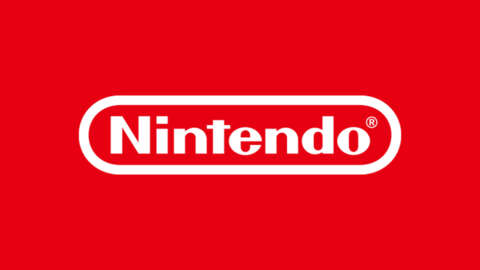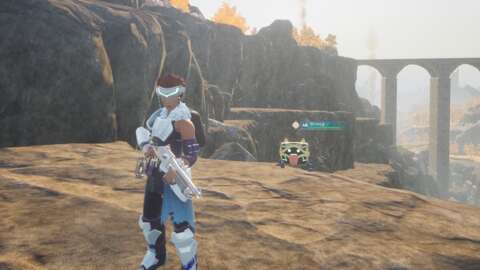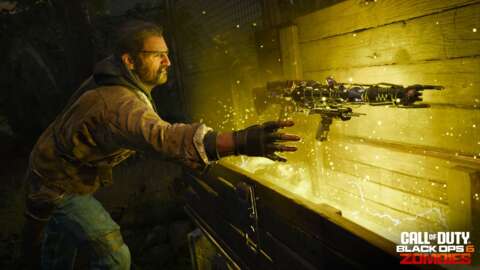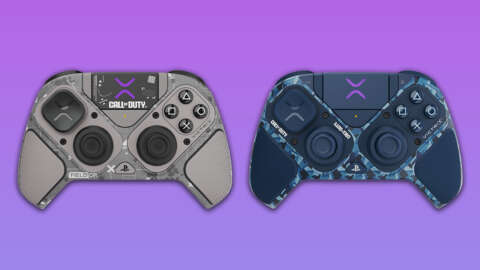Ahead of the June 2024 Nintendo Direct, we’re taking a look back at the company’s history of June and E3-centric events.
Though the industry has since moved on from E3, it was once the most consequential event of the year for video games. Long before publishers could disseminate news through social media channels and live streams, they traditionally reserved their biggest announcements and reveals for the expo, making it the stage for some of the most memorable moments in gaming history.
Among these is Nintendo’s E3 2004 press conference, a presentation that’s remembered fondly for introducing some notable games–and faces–to the gaming public. Given Nintendo’s precarious standing in the industry at the time, this particular E3 was a crucial moment for the company, a chance to dispel the gloom surrounding GameCube’s lagging sales and reaffirm that Nintendo still had what it took to compete in the increasingly crowded home console market. Not only did the presentation ultimately exceed fan expectations, it in many ways signaled the start of a new era for the company.
By the time E3 2004 rolled around, Nintendo was at a critical juncture. Two years into Satoru Iwata’s tenure as president, the company’s prospects seemed bleak. For all the strides Iwata had made in repairing relations with third parties, the GameCube continued to struggle in the face of stiff competition from the unstoppable PS2 and Microsoft’s Xbox, while the once-uncontested Game Boy Advance was about to face its most formidable challenger yet in Sony’s newly announced PSP.
Moreover, the company was coming off of a disappointing showing at the previous year’s expo. Nintendo spent an inordinate amount of its E3 2003 press conference demonstrating GameCube-Game Boy Advance connectivity–a novel concept that birthed some genuinely creative gaming experiences in Pac-Man Vs. and Final Fantasy Crystal Chronicles, but one that hardly ignited much interest among hardcore gamers or spurred console sales. Coupled with the lack of any truly major announcements, the presentation underwhelmed fans and did little to assuage worries about the GameCube’s future.
As such, a lot was riding on Nintendo’s E3 2004 showcase–and it would end up marking a pivotal turning point for the company. The press conference kicked off with the public debut of Nintendo’s new executive vice president of sales and marketing, Reggie Fils-Aime, who in fairly short order would go on to become president of Nintendo of America and the face of the company’s Western operations for the next 15 years (not to mention inspire a treasure trove of memes). Reggie opened the presentation with a decidedly un-Nintendo introduction: “My name is Reggie. I’m about kicking ass, I’m about taking names, and we’re about making games.”
Nintendo wasted little time illustrating that final point, immediately showcasing three hotly anticipated titles coming to the GameCube in the near future: Metroid Prime 2: Echoes, Star Fox Assault, and Capcom’s Resident Evil 4. The tone of the conference was a stark contrast to the previous year’s. Nintendo made a conscious effort to repair its image among core gamers and spent the opening moments of the presentation highlighting a slate of mature games aimed squarely at ardent fans. Though it wasn’t enough to ultimately reverse the GameCube’s fortunes, Metroid Prime 2 and Resident Evil 4 would both go on to earn critical and commercial acclaim, while Star Fox Assault would gain a cult following for its willingness to experiment with the series’ formula.
At the same time it was courting hardcore gamers, Nintendo also began paving the way into a wider market. Later in the conference, Iwata took the stage to reveal Nintendo’s implicit response to the PSP: the Nintendo DS, an unorthodox dual-screen handheld that featured a touch screen, microphone, and wireless communication. Though initially positioned as a “third pillar” intended to coexist alongside the Game Boy line, the DS was a bold gambit–one that bemused press at the time and served as a test dive into the “blue ocean” strategy Nintendo would fully embrace with its next home console. With the DS, Nintendo was deliberately opting out of the technological arms race that fueled the video game industry. Though the handheld was a marked step up from the Game Boy Advance, it did not strive to compete with the PSP directly in terms of sheer horsepower. Rather, Nintendo traded cutting-edge tech for a number of unique input methods, opening up different forms of interactivity and, in turn, original gameplay experiences not possible on other devices.
At the time, the gaming media wasn’t quite sure what to make of the DS. Many interpreted it as a nervous Hail Mary, cobbled together quickly in an attempt to stave off the assuredly dominant PSP. As history would prove, however, Nintendo’s gamble was a wise one. Though the DS launched with several traditional games, including a packed-in demo of Metroid Prime Hunters, the device quickly found an audience beyond regular gamers thanks to its approachable interface. Even those who had never played a video game before could easily intuit how to operate the system’s touch screen, which in turn gave rise to a variety of non-traditional games like Nintendogs and Brain Age. Both titles would go on to sell multiple millions of copies, reaching far beyond the traditional gaming market and propelling DS to becoming one of the best-selling systems in history.
Originally boasting a bulky and unconventional design, the Nintendo DS confused and intrigued gamers when it was officially unveiled at E3 2004.
The most exciting announcement, however, was yet to come. Following the DS demonstration, Reggie returned to the stage and closed out the presentation by inviting viewers to “step inside one more world” for GameCube. The ensuing trailer slowly panned through a series of realistic fantasy environments, each scene building intrigue and anticipation over what this new mystery title could be. Just as Link rode into focus astride Epona and it became clear that a new Legend of Zelda game was in the works, the audience erupted in cheers, punctuating what was already an exciting press conference with one of the loudest ovations in E3 history.
The as-yet untitled Zelda game would eventually become Twilight Princess, and its darker, more realistic art style was a clear response to the divisive reaction that greeted Wind Waker and its sunny, cartoonish visuals several years earlier. It was yet further indication that the notoriously obstinate Nintendo was willing to course correct and cater to longtime fans when warranted. Twilight Princess wouldn’t launch for another two years, and while it would still serve as GameCube’s swansong, it would also usher in Nintendo’s next home console, the Wii–another unusual strategy that paid off for the company. Twilight Princess helped propel Wii sales and would go on to move more than eight million copies, making it the best-selling console home installment in the series–a designation it would hold on to for more than a decade until it was eventually overtaken by Breath of the Wild and Tears of the Kingdom.
This eventual success is further proof that E3 2004 was a pivotal moment in Nintendo’s history. After years of struggling to remain relevant in the industry it had helped shape, Nintendo used its press conference to lay the groundwork for a more promising path forward for the company, one that set it up for even greater success than its glory days in the ‘80s and early ‘90s.




